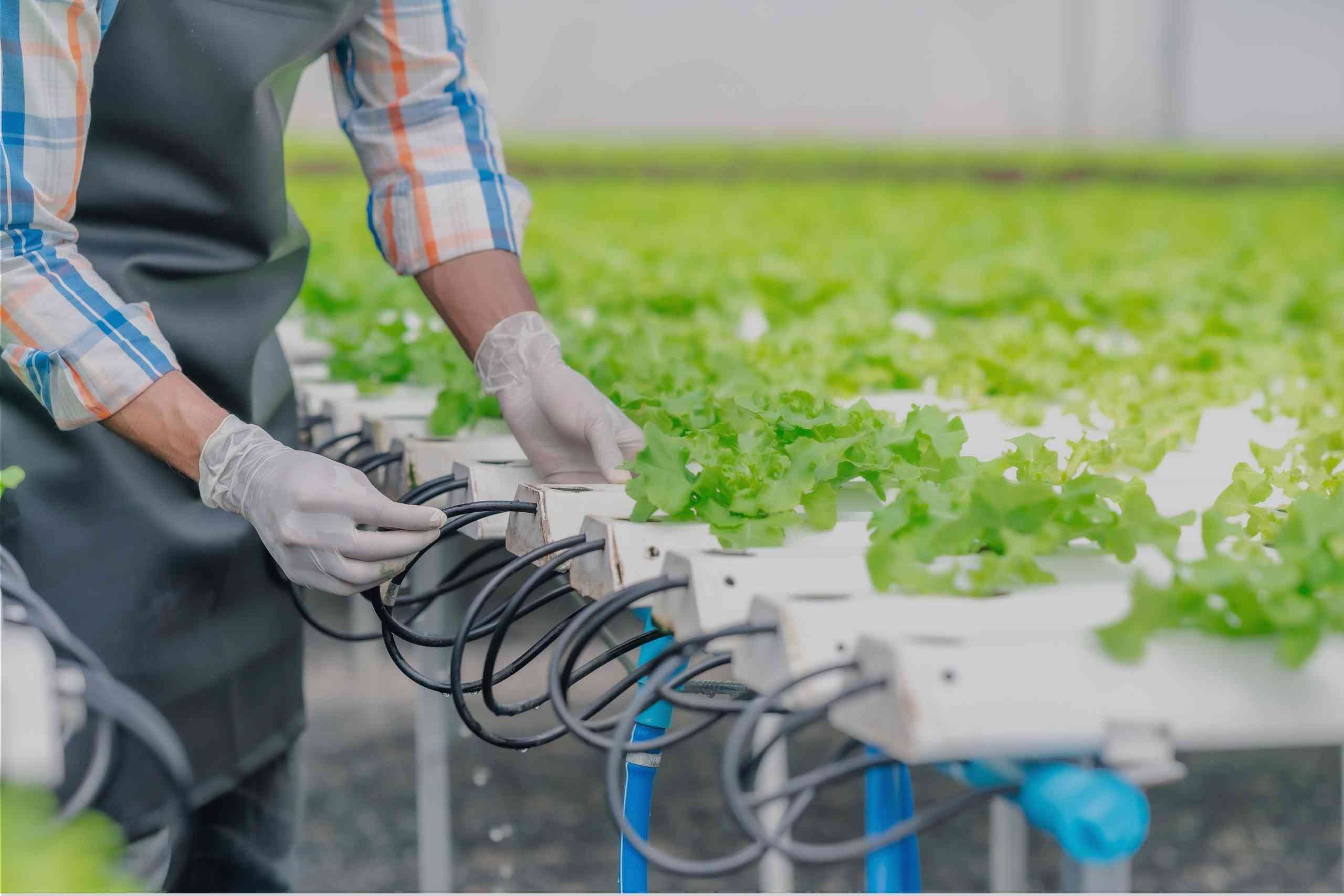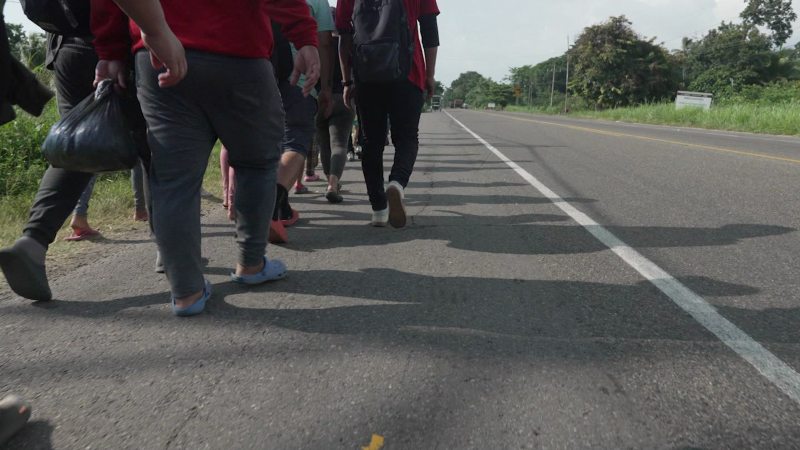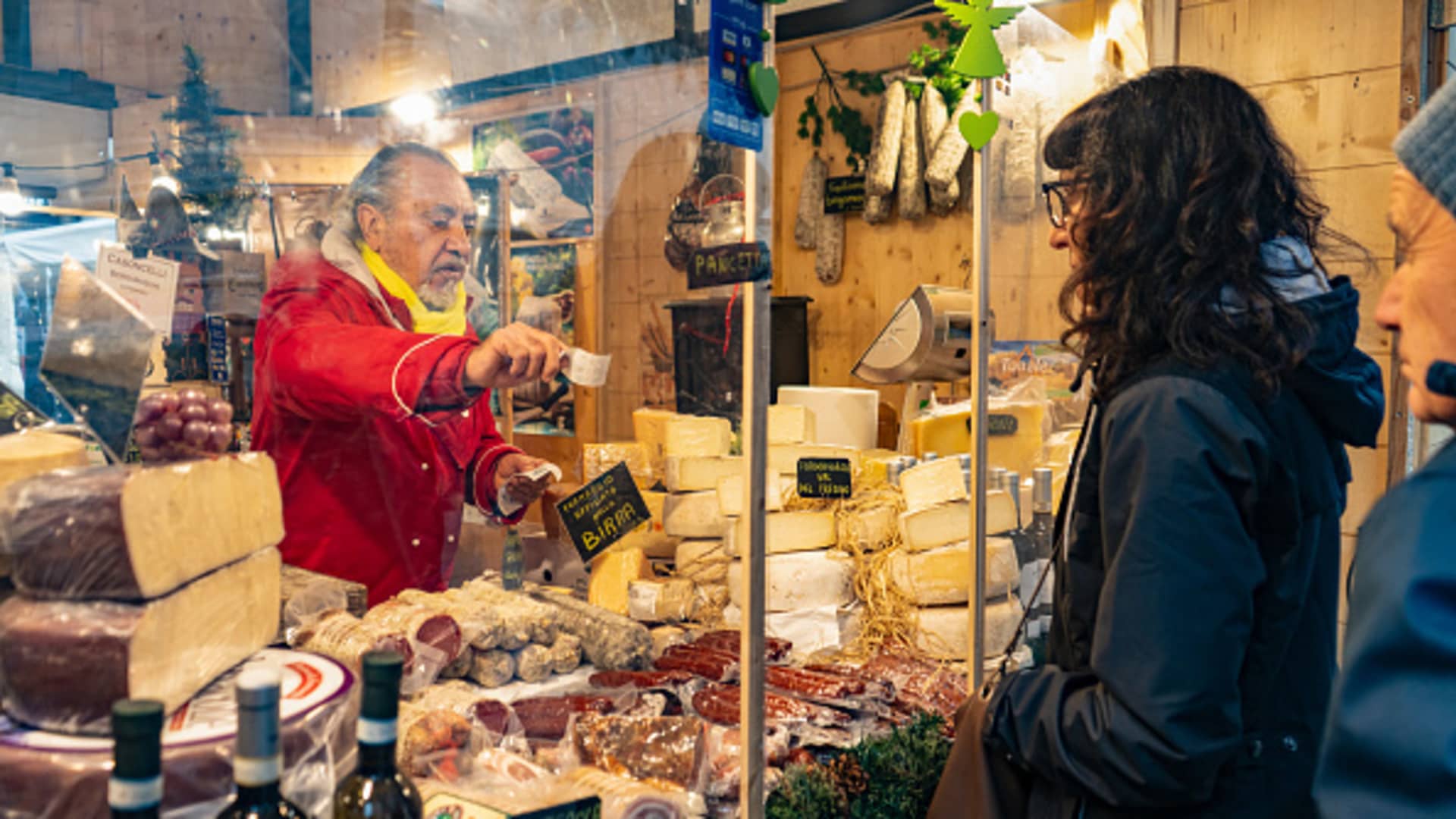The Impact of Climate Change on Global Food Systems
Climate change disrupts global food systems by affecting crop yields and livestock productivity. This leads to food insecurity and higher prices.
Climate change poses a significant threat to global food systems. Rising temperatures, erratic rainfall, and extreme weather events disrupt agricultural production. Crops suffer from heat stress and water shortages, reducing yields. Livestock face health challenges due to heat and disease.
Coastal areas experience soil salinity from rising sea levels, impacting arable land. These changes threaten food security, especially in vulnerable regions. Farmers must adapt with sustainable practices and resilient crop varieties. Policymakers need to support these efforts through investments and research. Addressing climate change’s impact on food systems is crucial for a stable and secure future.
Changing Weather Patterns
Changing weather patterns disrupt global food systems, leading to reduced crop yields and increased food insecurity. Extreme weather events threaten agricultural productivity, impacting farmers and consumers worldwide.
Extreme Weather Events
Extreme weather events are becoming more common. Droughts, floods, and hurricanes can destroy crops. Farmers lose their harvests. This leads to food shortages. Prices for food go up. People may struggle to buy enough to eat.
Shifts In Growing Seasons
Growing seasons are changing. Crops may not grow in the same places anymore. Farmers have to adapt. They may need to plant different crops. Some crops might not grow at all. This impacts food supply.
Crop Yields And Quality
Climate change affects crop yields. Higher temperatures can stress plants. This leads to lower productivity. Droughts make soil dry and hard. Crops need water to grow well. Floods can also damage crops. Too much water drowns plants. Some regions may face more pests. Pests eat and harm crops. Farmers may lose a lot of food. This can lead to food shortages.
Climate change can affect the nutritional quality of food. Crops might have fewer vitamins. This is bad for our health. Poor soil can lead to less nutritious food. Extreme weather can change soil nutrients. Plants get their nutrients from soil. Less nutritious food can lead to health problems. People need good food to stay healthy. Poor nutrition can hurt children the most.
Water Resources
Climate change makes irrigation harder. Less rain means farmers have less water. Higher temperatures dry out the soil faster. Farmers need more water, but it is not always available. Extreme weather can damage irrigation systems. Floods and storms break pipes and pumps. Fixing these systems costs a lot of money. Farmers face big problems without working irrigation.
Water scarcity is a big issue. Many places have less water than before. Rivers and lakes are drying up. Farmers compete for the same water. This leads to conflicts and higher costs. Droughts are more common now. Crops need water to grow, but there is not enough. Some farmers give up and leave their land. This hurts food production and local economies.
Pests And Diseases
Climate change helps invasive species spread faster. Warmer temperatures allow these species to survive in new areas. They can outcompete local plants and animals. This can harm crops and natural ecosystems. Farmers may face new challenges protecting their crops. Invasive species can also carry new diseases.
Pests are becoming more resistant to pesticides. Climate change speeds up this process. New pest strains can survive chemical treatments. Farmers need to use more pesticides, which can harm the environment. Crops may suffer greater damage from pests. This can reduce food production and increase costs.
Food Security
Climate change affects the ability to grow food. Extreme weather events like floods and droughts harm crops. This means there is less food for people. Some regions may struggle more than others. Poor communities feel the impact most. They have fewer resources to adapt.
Farmers lose money when crops fail. This affects their income and livelihood. Food prices can rise when supply is low. People may spend more money on basic needs. This can lead to economic instability. The cost of food production can also increase. Farmers may need to invest in new technologies. This can be expensive and challenging.
Adaptation Strategies
Adaptation strategies are crucial in mitigating the impact of climate change on global food systems. Innovative farming techniques and resilient crop varieties ensure food security.
Sustainable Farming Practices
Sustainable farming helps reduce the damage to our planet. Crop rotation is one method. It keeps the soil healthy. Farmers also use cover crops. These crops protect the soil and add nutrients. Organic farming is another practice. It avoids harmful pesticides. Agroforestry mixes trees with crops. This method provides shade and reduces soil erosion.
Technological Innovations
Smart irrigation systems save water. They deliver the right amount to crops. Drones help farmers monitor fields. They can spot problems early. Precision farming uses data to improve crop yields. This technology helps reduce waste. Vertical farming grows crops in stacked layers. It uses less land and water. Genetically modified organisms (GMOs) can resist pests and diseases. This helps ensure food security.
The impact of climate change on global food systems is profound. Immediate action is essential. Sustainable practices can mitigate these effects. Collaborative efforts between nations can ensure food security. Addressing climate change can protect future generations. Prioritizing the environment will lead to healthier, more resilient food systems.







